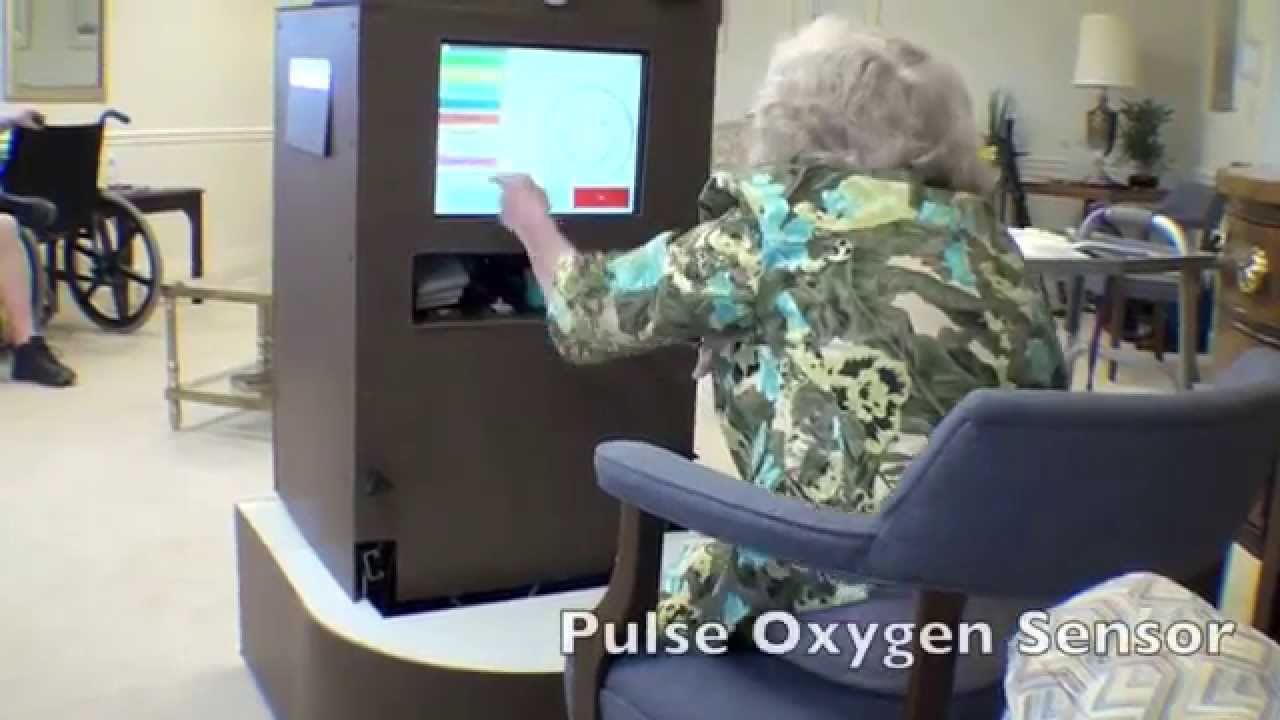ALAIR Assisted Living Robot
This is the new and improved promo video for the ALAIR robot.
If you have any questions, email me at: bhylak@gmail.com
Ben Hylak, White House Science Fair 2012 participant, Broadcom MASTERS Silver Medalist and MAKER Faire enthusiast and 5-time blue ribbon recipient, unveils his latest robotic design, a user-friendly, robotic assistant he has worked on diligently and almost nonstop during the last 12 months: ALAIR, “Assisted Living Autonomous Internet Robot”.
As America’s “baby boomers” gracefully age, and living longer with chronic health problems is increasingly possible, the need for in-home healthcare/assisted living is rising. Remaining independent for as long as possible is generally the preference, but for many individuals, full-time, in-home care is not an option. Nonetheless, providing adequate and compassionate care to these individuals is crucial.
Any solution must consider increasing demands on the healthcare system, the availability of caregivers and professionals, and personal factors ranging from individual financial stability to availability of friends and family.
Would it be possible to design, program, build and successfully implement a low-cost, multifunction, homemade robotic nurse/assistant such as ALAIR (“Assisted Living Autonomous Internet Robot”)?
This research led to two definitive conclusions. First, it is, indeed, possible to build an assisted living robot — for approximately 50, a fraction of projected retail costs of other prototypes currently in their infancy — that addresses many needs:
• healthcare/homecare monitoring and assistance via wifi/videochat with off-site professionals
• pill dispensing (correct pills on correct schedule)
• fall detection
• routine healthcare monitoring: oxygen saturation, heart rate, blood pressure, blood sugar, temperature
• companionship
• patient tracking and fall detection
• emergency response
• record keeping and reporting to medical staff
• little/no technical knowledge required for use
Note that no single prototype containing all of ALAIR’s features currently exists.
Second, this project yielded a positive response from the target population surveyed who communicated confidence in this particular prototype, an increased sense of security and a willingness to interact with the same, if/as needed.
